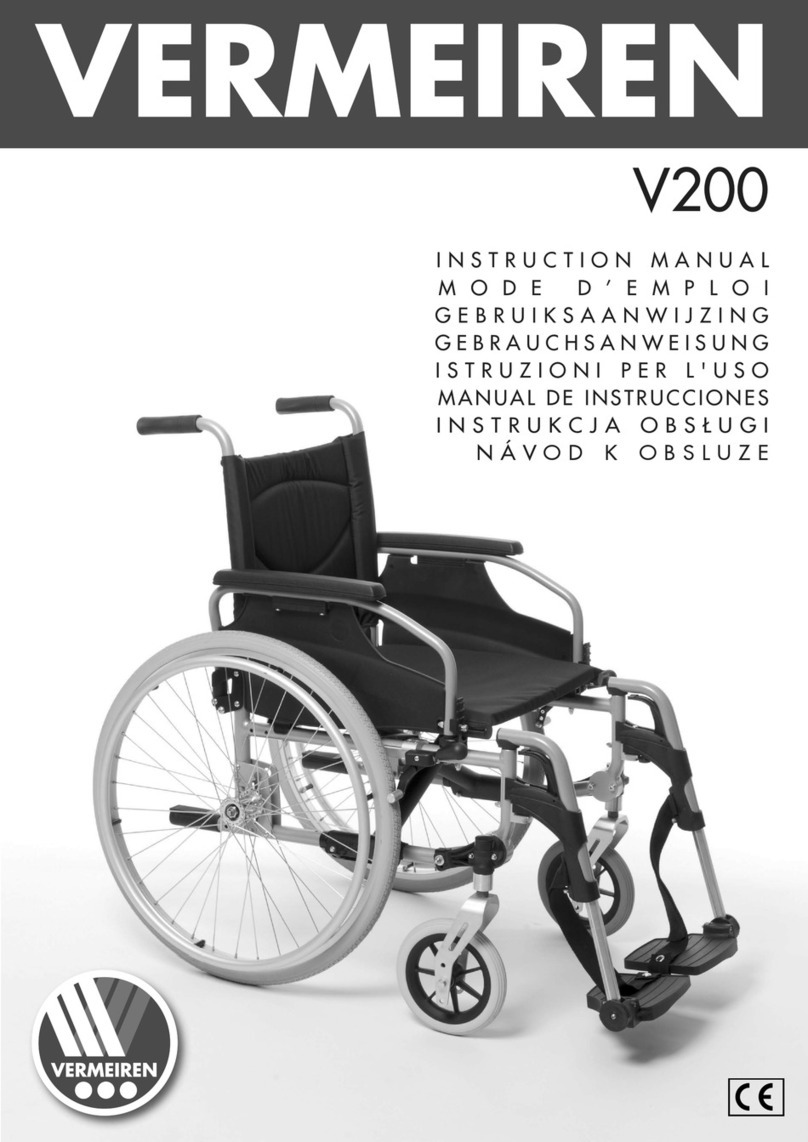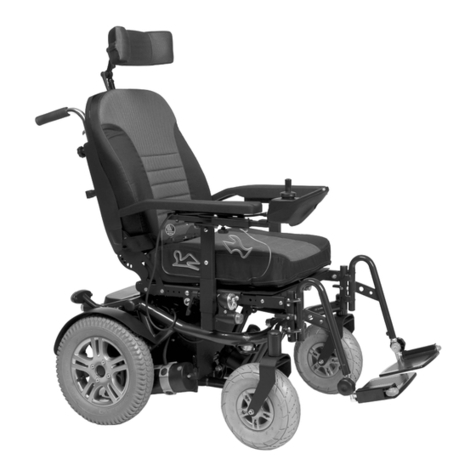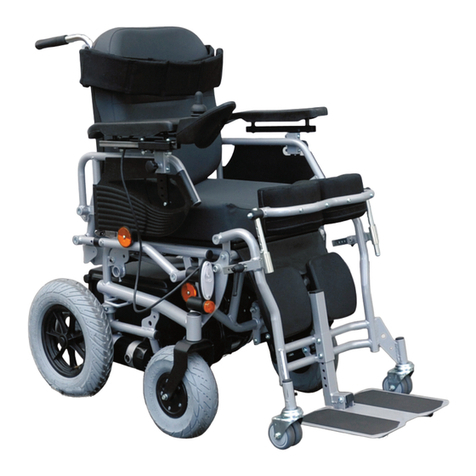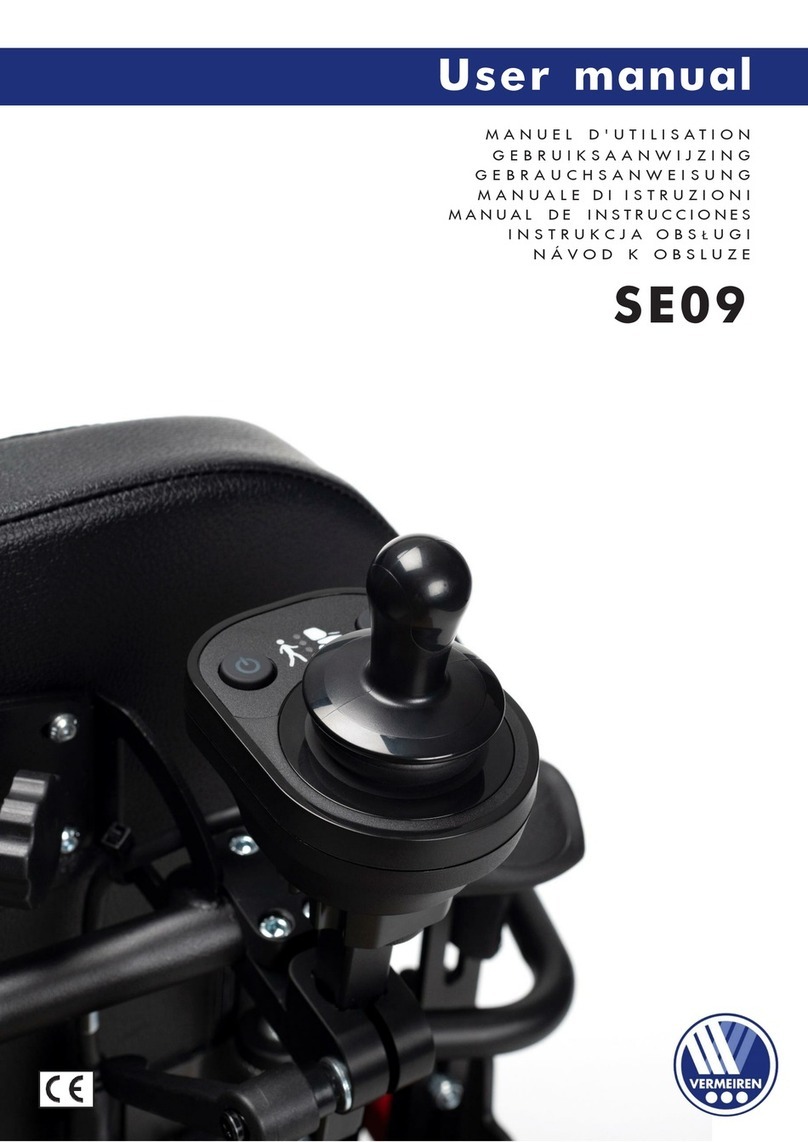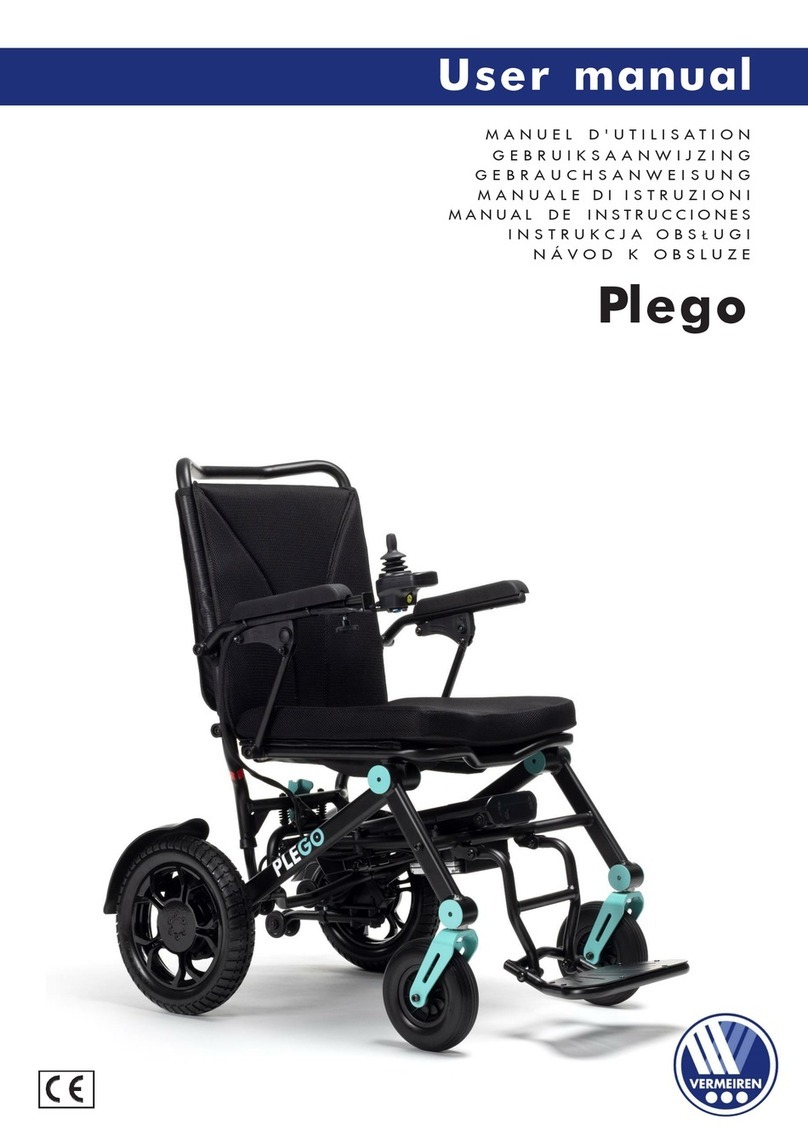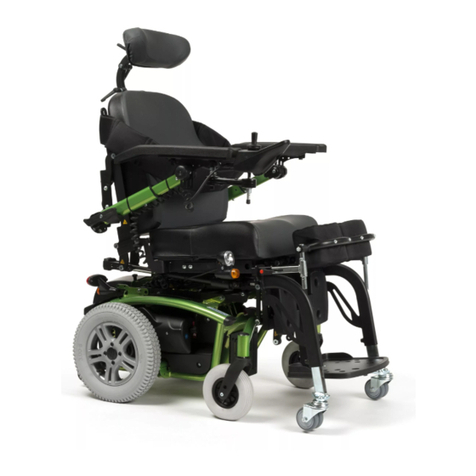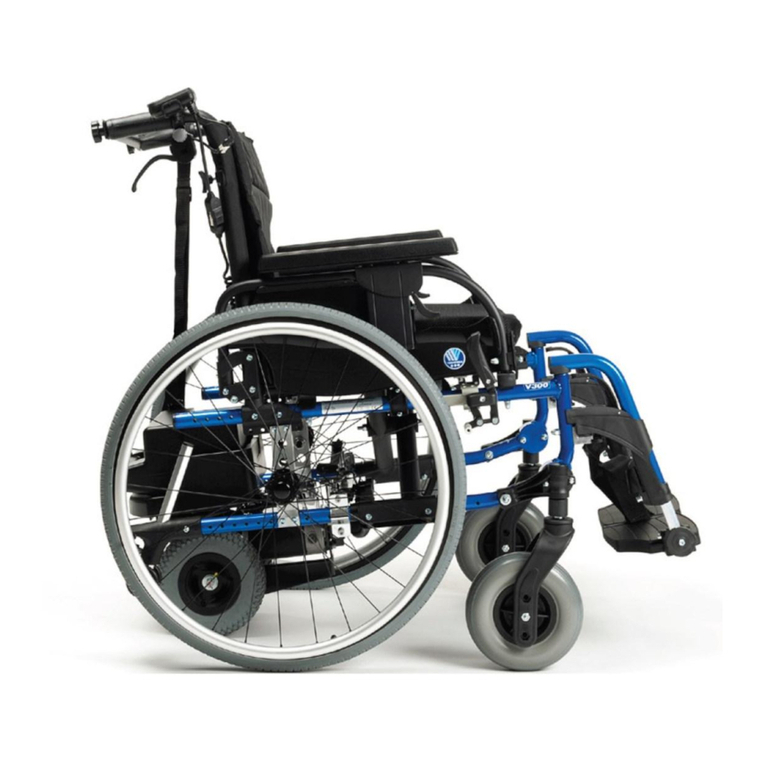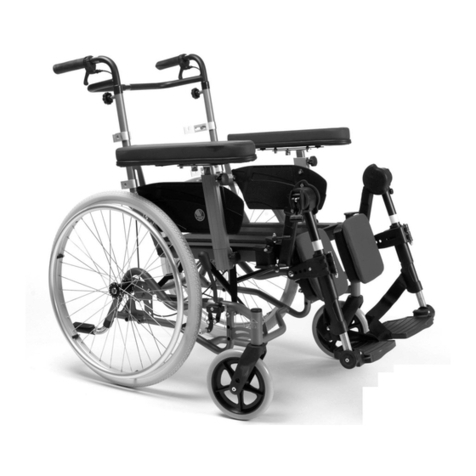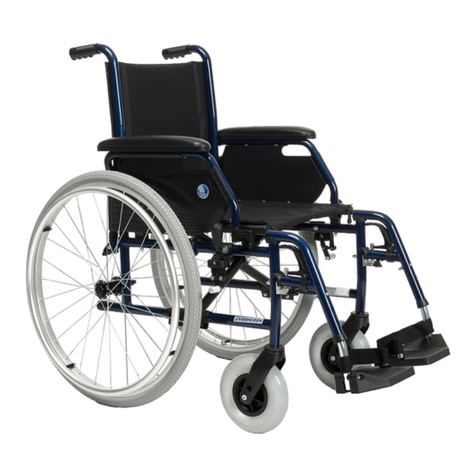CONTENTS
Section Page
Contents.............................................................................................................................................2
Preface...............................................................................................................................................3
Technical details ................................................................................................................................3
General notes ....................................................................................................................................4
Applicability ........................................................................................................................................4
Contents of the consignment .............................................................................................................4
Tools ..................................................................................................................................................5
The operating elements .....................................................................................................................5
Folding the wheelchair .......................................................................................................................5
Anatomical seat (optional) .................................................................................................................5
Anatomical back (optional).................................................................................................................6
Leg supports ......................................................................................................................................6
Armrests.............................................................................................................................................7
Parking brakes ...................................................................................................................................8
Tyres ..................................................................................................................................................9
Tyre changing ...................................................................................................................................9
Transporting the wheelchair...............................................................................................................11
Using ramps.......................................................................................................................................11
Taking the wheelchair in a car ...........................................................................................................11
Using the wheelchair..........................................................................................................................12
Accessories........................................................................................................................................14
• Armrests ..........................................................................................................................................14
• Leg supports ....................................................................................................................................15
• Personal safety belt (B58) ...............................................................................................................15
• Prevention of tipping over (B78) ......................................................................................................15
• Moving the axle back (AMP)............................................................................................................15
• Transit wheelchair (T30) ..................................................................................................................15
• Lowering the height of the seat (S)..................................................................................................15
• Drum brakes for the helper (B74) ....................................................................................................15
• Floating axles (B80).........................................................................................................................15
For your safety ...................................................................................................................................16
Storage ..............................................................................................................................................16
Servicing ............................................................................................................................................16
Care ...................................................................................................................................................17
• Covers .............................................................................................................................................17
• Plastic parts .....................................................................................................................................17
• Surface layers..................................................................................................................................17
Inspection...........................................................................................................................................18
Disinfection ........................................................................................................................................18
Guarantee ..........................................................................................................................................21
Statement of conformity .....................................................................................................................21
Disposal .............................................................................................................................................21
Service ...............................................................................................................................................100


